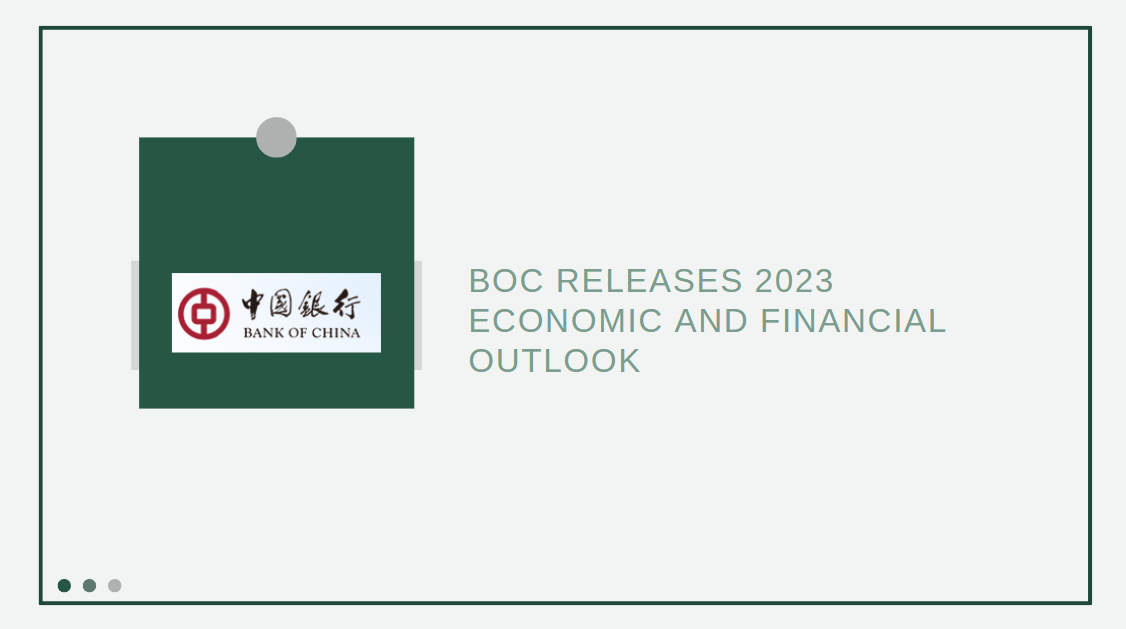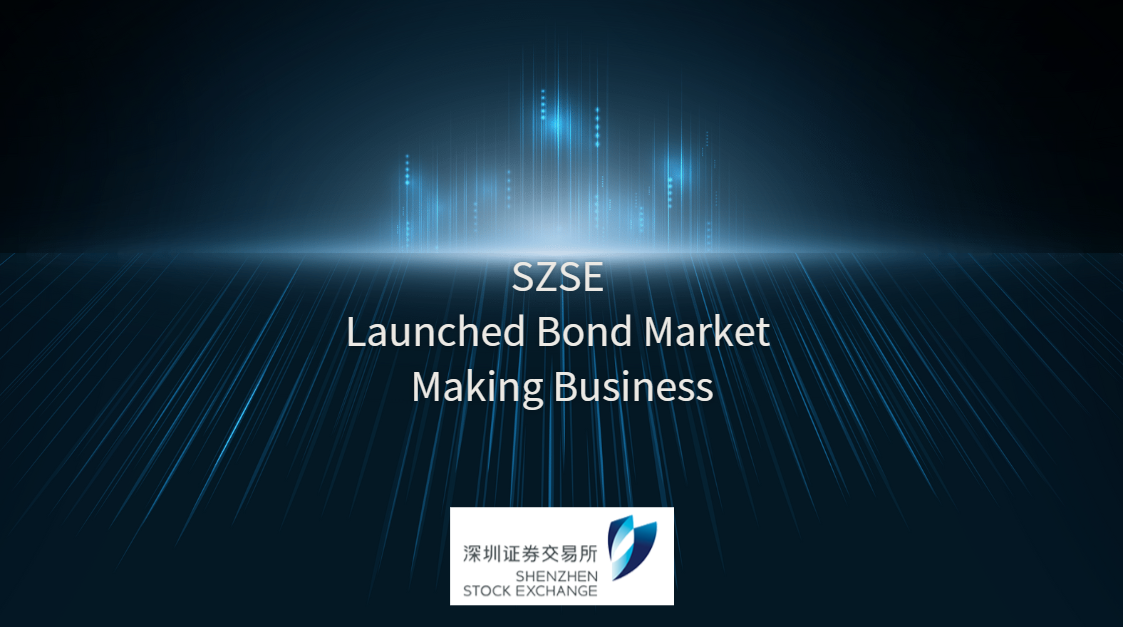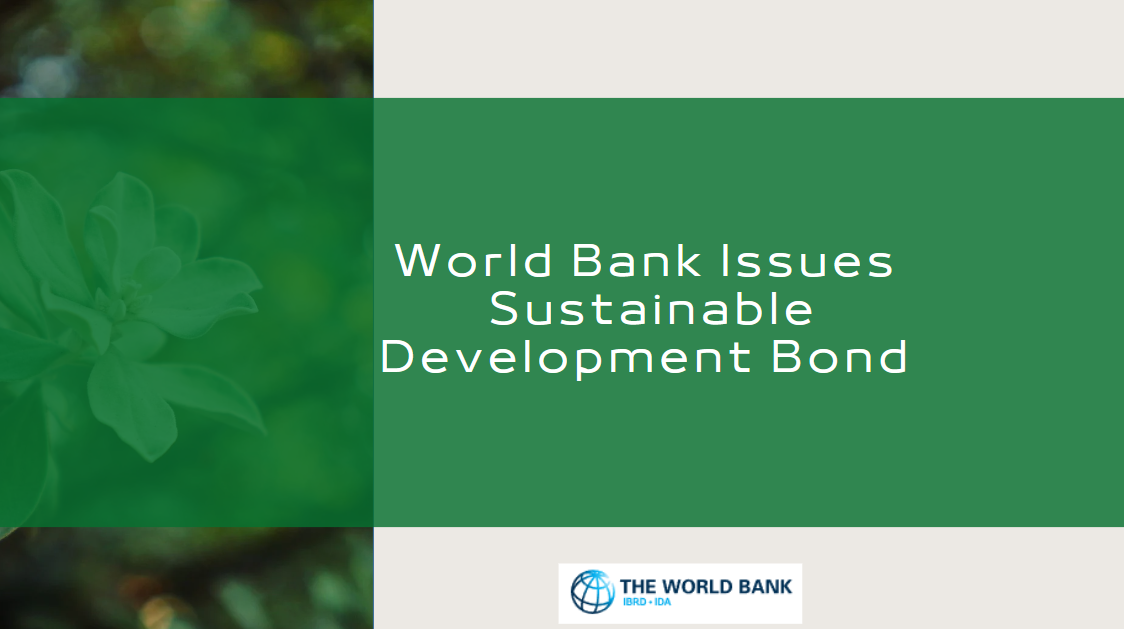Tokenised Bond: Huge Potential to be Unlocked
We assisted the Government in issuing a tokenised green bond. It is the first tokenised bond applying the regime in Hong Kong. It is also the world's first tokenised green bond issued by a government.
The tokenised green bond was issued using distributed ledger technology (DLT)1. DLT offers attractive features such as being tamper-proof, immutable and transparent. So far, interest in DLT application has largely been associated with crypto-assets like bitcoin and non-fungible tokens, and central bank digital currencies (CBDC). But there is more than that. The deployment of DLT to existing products and processes in the financial markets, such as bond issuance and trading, is a case in point.
In a nutshell, tokenising a bond means recording the beneficial interests in a bond on a DLT ledger rather than in traditional computerised book entries. This is more than changing the format of securities bookkeeping. Bringing the bond – as well as other relevant financial instruments, parties and activities – onto a single digital platform can facilitate their interaction, substantially reduce cost, and make possible end-to-end automation, hence potentially upending existing ways of operation and empowering individual investors in the long run.
Let's see how this was manifested in our tokenised issuance today.
In a conventional issuance, the birth of a bond is signified by a paper note to be deposited at a central securities depository (CSD), or the Central Moneymarkets Unit (CMU) in Hong Kong’s context. Holdings in, and transfers of, the bond will be represented by book entries in the CSD. Meanwhile, payment for the bond transaction will take place through a separate channel, the Real Time Gross Settlement system. Both the cash and the bond transfers would have to be synchronised to ensure successful settlement and that no one loses out if any party defaults, a process known as delivery versus payment or DvP. This is complicated, and operationally demanding.
A tokenised issuance could do away with most of these steps. In a so-called “digitally native” issuance, the bond is “born” on the platform. Likewise the cash, in the form of cash token such as CBDC, resides on the platform. Transactions would involve simply moving bond and cash tokens between the wallets of buyers and sellers, both of which are on the DLT platform. This can be done instantly and simultaneously, removing any settlement delay and settlement risk.
Our tokenised bond has retained some of the elements of the traditional issuance. For example, before tokenisation on the digital platform, the bond was born in the traditional way upon lodgement with the CMU. This is for prudence and also because some components of a fully digitally native issuance are not ready. But even with that we have already achieved significant operational improvement. The settlement process, which typically takes five business days (T+5) in conventional bond issuances, was drastically shortened to merely one day. This can be further shortened if not for the need to reflect market practice such as allowing time for the buyers to obtain liquidity to complete the transaction.
And such operational improvement is not limited to the point of issuance. Previous digital issuances in other parts of the world tended to focus on the primary issuance part. Our tokenised bond goes further: full lifecycle processes including settlement of secondary trading, coupon payment, all the way to maturity redemption will happen on-platform, and could potentially be performed using self-executing smart contracts, creating further efficiency gains.
The discerning reader would notice that a key to the efficiency and automation gains is having everything on the platform. This is why in addition to tokenising the bond leg, we also needed to tokenise the payment leg, i.e. cash.
In this issuance, HKD cash tokens were minted by the HKMA in exchange for fiat cash provided by the banks to facilitate on-platform settlement of primary issuance and secondary trading, as well as coupon payment and maturity redemption.
These cash tokens are akin to wholesale CBDC. In fact, their issuance and redemption in this transaction are built on a similar mechanism adopted by the HKMA in the cross-border CBDC payment platform called mBridge, on which we are partnering with the Bank for International Settlements Innovation Hub (BISIH) and the central banks of Mainland China, Thailand and United Arab Emirates. Substantial synergy can be created between asset tokenisation and the HKMA’s CBDC initiatives down the road. For example, linkage between a tokenised asset platform with mBridge could facilitate cross-border bond settlement and investment, which we will further study in the next phase.
Given the benefits of tokenisation, the natural question is – why is the industry not rushing to embrace it?
This is partly down to infrastructure commitment. Building and running a DLT node is costly and requires a certain level of technical sophistication. Then there are problems surrounding standards and compatibility: a few commercial tokenisation platforms have emerged in recent years, each running on its own (typically private) DLT network, and potentially dividing the product market and liquidity pool into individual silos.
Finally, there are the non-technological aspects such as operational or institutional arrangements. For example, the bank performing agency roles may be required to take on new on-platform tasks for the issuer. Short of onboarding all end investors, existing custody arrangements may also need to be uplifted so that custodians can hold digital securities on behalf of investors. Investors need to take steps to ready themselves for this new technology.
None of these issues is insurmountable, and cost-effective ways such as application programming interface (API) are emerging to address them. But as in many other cases in the adoption of new technologies, full benefits can only be realised if enough people switch – hence public bodies like the HKMA have a role to play to demonstrate, coordinate and encourage take up.
To unlock the huge potential despite these challenges, what exactly will we do?
The HKMA’s asset tokenisation project started in 2021 with Project Genesis, a proof-of-concept study we co-sponsored with BISIH Hong Kong Centre. Today’s issuance took that project one big step forward by applying the technology to a real transaction. Looking further ahead, we will continue collaborating with the industry to experiment with other innovative features that can bring efficiency and transparency gains to the green and sustainable finance markets and more generally the capital markets. One example is real-time tracking and reporting of environmental impact by collating and feeding data collected directly from underlying assets to the DLT platform and making the data accessible to end investors at their fingertips. Another example is on- and cross-platform secondary trading.
We also want to encourage other issuers to consider tokenised issuance. Hence we are writing a white paper which will summarise the experience learned from this issuance and can serve as a guide for interested issuers to follow.
We must also ensure that our ecosystem can support tokenisation's wider adoption. The pilot issuance has proven that the overall legal and regulatory framework in Hong Kong is sufficiently flexible and supportive for tokenised bonds. But there are ways to do better. Some overseas jurisdictions have moved to provide legal certainty to digital securities created natively on DLT and even outside traditional CSDs. We will study these developments and set out our thinking on the next steps in more detail in the white paper.






















































First, please LoginComment After ~